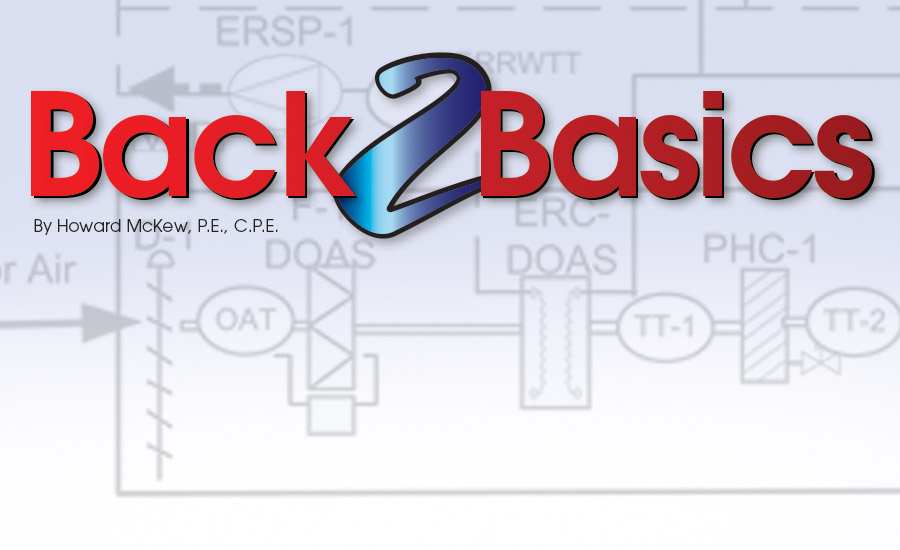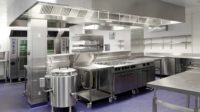Project Delivery Method: Integrated Project Delivery (IPD)
Owner Team: The local school agency and the building program committee, which consists of the owner representative (consultant), project manager of capital projects, the facility manager (in-house staff), committee chairperson, and committee secretary.
Project Delivery Team: The IPD project manager; mechanical-electrical coordinator; school committee; utility company representative; and HVAC, architect, acoustical, plumbing, electrical, structural, fire protection, and security consultants.
HVAC Project Team: An HVAC supervisor (subcontractor), automatic temperature control (ATC) technician (subcontractor), operation & maintenance (O&M) technician (in-house staff), a third-party commissioning consultant (CxC), a sheet metal foreman, and a piping foreman.
OWNER’S PROGRAM REQUIREMENTS (OPR)
Application: Educational Facilities, Chapter 8
Project Type: renovation, infrastructure (central heating, cooling, and ventilating), and utility rebate.
References: 2019 ASHRAE Handbook – HVAC Applications and 2020 ASHRAE Handbook – HVAC Systems and Equipment. Refer to “codes and standards” at the back of each ASHRAE Handbook for additional reference.
Other References: ASHRAE GreenGuide: Design, Construction, and Operation of Sustainable Buildings; ASHRAE Procedures for Commercial Building Energy Audits; ASHRAE Indoor-Air Quality Guide: Best Practice for Design, Construction, and Commissioning; ASHRAE Design Guide for Dedicated Outdoor Air Systems; ASHRAE Standards 15 and 34 (Refrigeration); ASHRAE Standard 55 (Thermal Environmental Conditions for Human Occupancy); and ASHRAE Standard 62.1 (IAQ).
DESIGN INTENT DOCUMENT (DID)
HVAC Design Intent: The HVAC system selection and design intent is based on the process outlined in ASHRAE Handbook 2020, Chapter 1, HVAC System Analysis and Selection, and includes the owner’s building program goals and additional goals as well as any system constraints and constructability constraints. The finalized system shall follow VRF System, Chapter 18, and dedicated outdoor air system (DOAS), Chapter 4. The 2020 ASHRAE program and project goals include budget goals, such as first cost, operating cost, and/or life cycle cost; and timeline goals, such as the occupancy due date and prepurchased equipment date. Electric and emergency power are available. Existing conditions include through-the-wall unit ventilators with electric heat and 2-pipe chilled water system general and toilet exhaust. The heating and air conditioning system consists of four VRF outdoor heat recovery condensing units and 32 fan coil units (FCUs). The outdoor air ventilation system includes one DOAS unit with VRF cooling and heat recovery heating with tempered 100% outdoor air and an energy recovery wheel. The sheet metal system shall be low-velocity, sealed supply air ductwork and general exhaust ductwork. Volume dampers and fire dampers are also included.
DESIGN CRITERIA DOCUMENT
- The HVAC design criteria shall be in sync with the project delivery method and the owner’s building program requirements as noted above.
- The design criteria shall be based on ASHRAE 90.1 and state energy code compliance for outdoor air temperature requirements.
- The utility shall be electrical power to the VRF heat recovery systems to serve the new VRF fan coil unit replacements for the existing 2-pipe chilled water system and its supplemental electric heating coils.
- The new VRF systems shall be four 20-ton air-cooled VRF condenser/compressors.
- The DOAS system shall be low-velocity supply air ductwork with general exhaust ducted through the DOAS unit’s energy recovery wheel and exhausted to the outdoors.
- The new automatic controls shall be interfaced with the existing building automation system (BAS) system.
Conceptual/Schematic Phase General Notes: The HVAC design engineer shall provide system flow diagrams along with ATC sequences of operation; and
- The HVAC design engineer shall include an electrical data sheet to coordinate with the electrical design engineer, plumbing data sheet to coordinate with the plumbing design engineer, and equipment and distribution weights to coordinate with the structural design engineer.





